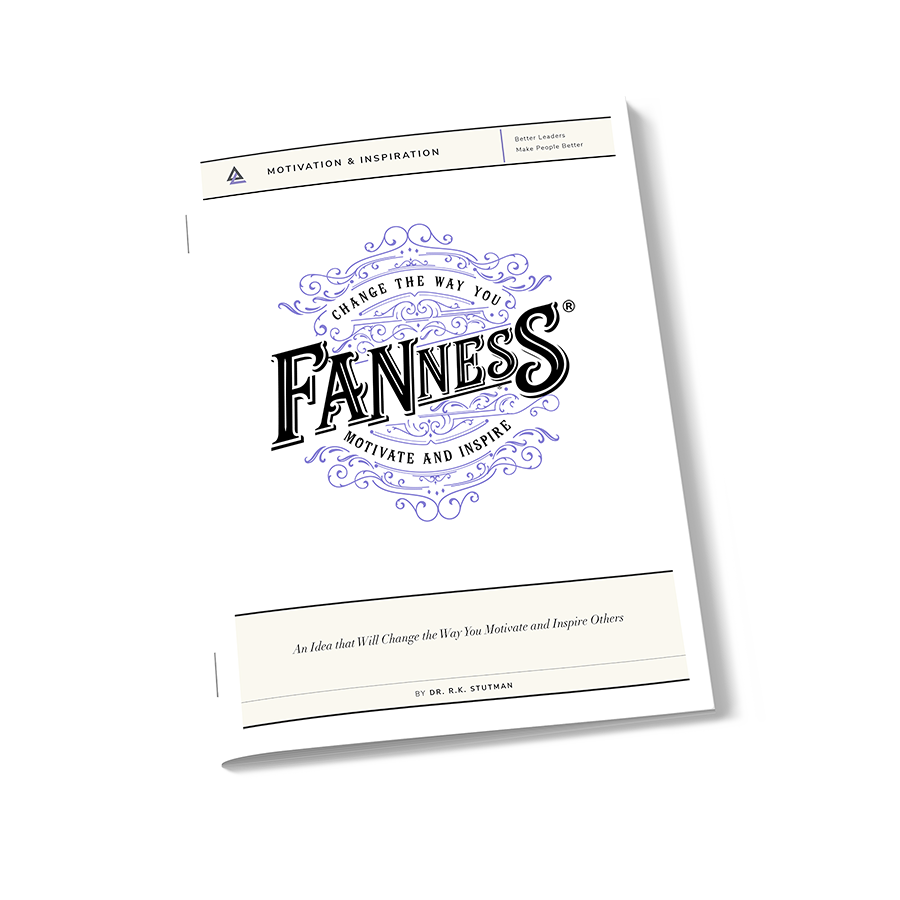Consensus around consequential decisions is now the decision rule of choice in most organizations.
To create subscription, buy-in, and engagement, good leaders work to build consensus around a critical decision. Getting everyone on board with a decision increases the odds that people will execute the choice with vigor. Operating by consensus strengthens commitment, trust, and collaboration within teams.
The downside of consensus is that it takes time. The more people involved with input or advocacy, the longer consensus-making takes. With complex decisions, it is not uncommon for multiple rounds of input, which further slows down the process.
Once the decision nears consensus (champions of the decision are joined by those who can live with it), the dissidents invariably agree to follow the wisdom of the group and go along with the choice even when they disagree with it.
The goodwill to follow the group is an essential ingredient to the consensus-making process.
If goodwill is lacking and an individual team member or two decides to block the group from reaching consensus, the decision can be severely delayed, sometimes for weeks or months.
In fact, in some cases, consensus can’t be reached, and the decision gets tabled or put off to the future.
Self-interested team members who know this sometimes block a decision they don’t like by resisting the wisdom of the group and asking for more data, analysis, and discussion.
Consensus is then held hostage by a person or small set of team members. The decision flounders. This can make for ineffectiveness and the kind of team or organization that simply doesn’t make some of the decisions it needs to. Or makes them too slowly to benefit from them.
The solution to this logjam is relatively painless.
Before beginning the decision process, good leaders and organizations set a deadline by which consensus must be achieved.
If at the end of the timeline, consensus has not been reached, then the team leader makes the call. When team members know the decision may likely escape their influence if they do not meet the deadline, they become unusually driven to reach consensus before the leader must assert themselves.
As a rule, teams prefer to reach consensus through compromise rather than lose the right to make the decision. In the best organizations, every decision has a clock.
Good leaders set the timer for consensus-making before the decision process begins. This simple tactic prevents a host of problems that often plague leaders and teams who operate by consensus.
Consensus is how good leaders create commitment and engagement, but if it can’t be reached within a specified timeline, the decision still must be made. Allowing any individual to stand in the way of decision-making guarantees ineffectiveness.
That’s why consensus decisions require a deadline. Progress depends on it.

